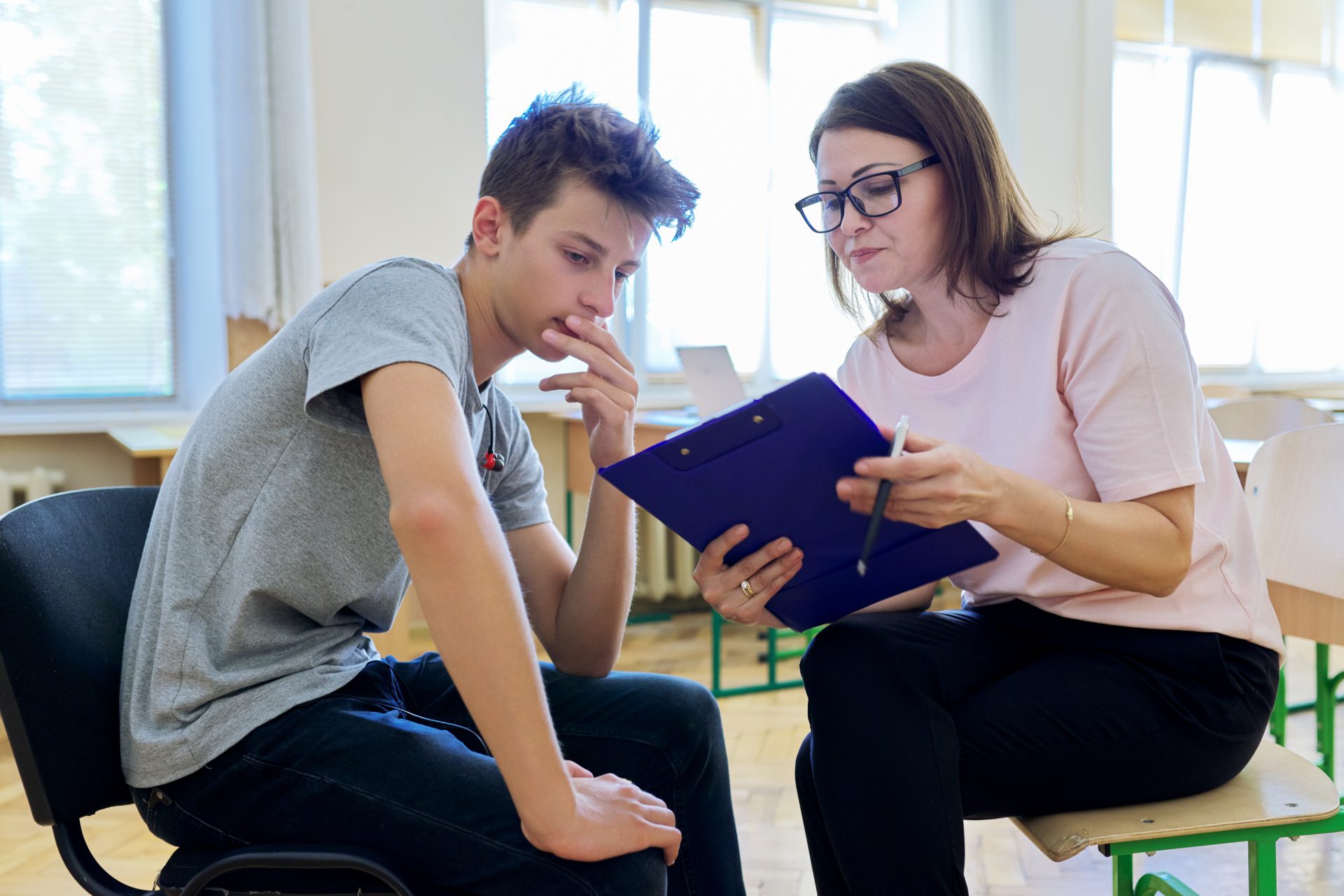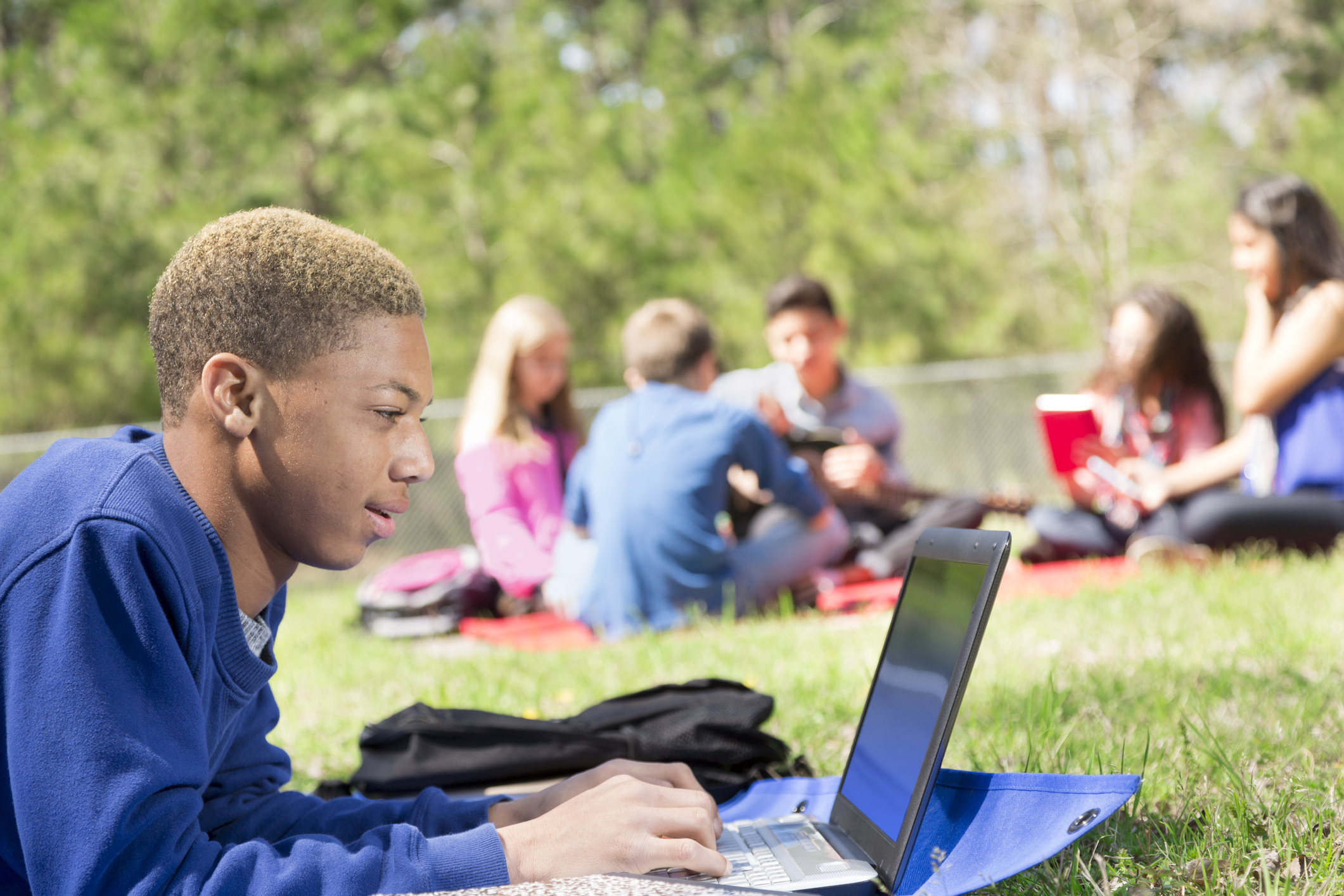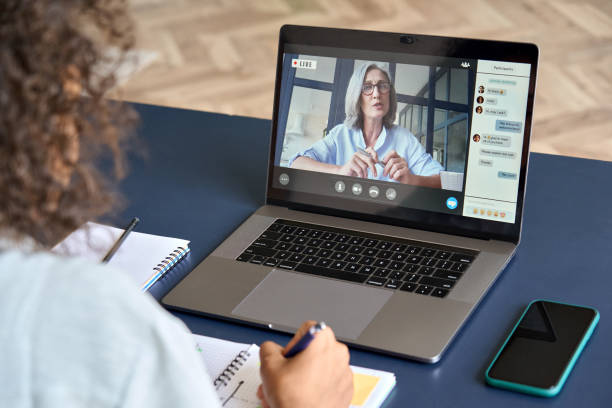
Go Back to School Without Breaking the Bank
Posted September 4, 2014, 2:00 pm by
Fall is an exciting time for both parents and students. The kids are back at school with structured activities, leaving parents with less scheduling stress. Students also like going back to school in September—but perhaps for different reasons. Back-to-school is traditionally an excuse for shopping sprees: books, pens, pencils, and of course, clothes. Everyone—young and old—likes new things.
What if this year, parents can still get their teens excited about school without breaking the bank? If you’ve already indulged this fall, keep these tips in mind for next year (and every year after that!).
School Supplies
Walmart, Staples, and other large office and school supply stores start stocking their shelves with enticing, back-to-school items during the summer. Bright colored pens, folders with teen idols on them, and notebooks are items that every student wants—but may not actually need.
At the end of each school year, parents should help their teens clean out their backpacks. Not only is this a stress relieving exercise, it’s also a great way to keep a school supply inventory of sorts.
Don’t let these barely used notebooks and unopened boxes of pencils get thrown away or tossed in the back of the closet. Keep them organized, in a safe place—somewhere easy to remember and access when fall rolls around.
If you haven't done this already and have already hit the big retailers, set their leftover supplies aside, place them on their desk, and your budding student can use the past extras throughout the year.
Before parents go school supply shopping with their back-to-school teens, they should prepare by knowing exactly what they need and what they already have.
- Retrieve the unused school supplies from last year, and make note of exactly how much is needed.
- Remind your teens that they don’t need anything extra. If they run out of supplies at any point during the year, it will be easy to get more.
- Set a realistic budget and stick to it. School supplies can be bought, on average, for under $50 (not including costly items like backpacks, laptops, or calculators, which last for years).
- Bring the list of school supplies needed. And don’t let your teen sneak anything extra into the shopping cart.
- If your teen wants to buy anything extra, remind them of the money they saved during the summer, and tell them it’s their responsibility to buy the things they want, instead of the things they need.
- Hit the consignment shops. There are plenty of trendy, gently used clothes if you and your teen take the time to scour the racks. Retailers like Savers are popping up across the country and you would be amazed at how many designer items you can snag. I have found everything from Nike sneakers to Ugg boots and Hollister tops to Pink sweats—favorites people donate from their closets, many still with tags. And smaller boutique consignment shops offer fun finds that no one else will have!
Clothes
Back-to-school season is equated with new clothes. Your teens aren’t completely irrational when they request some new outfits—they are starting a new year at school, and therefore, a new journey. You want your teen to feel as confident as possible in school, and new clothes may do the trick.
This does not mean that parents need to restock their teens’ closets completely. Realistically, how much can someone’s style or clothing size change from June to September? Similarly to the school supplies model, work with your teens to clean out their closet and drawers before going shopping. If your teen won’t wear certain clothes ever again, or has outgrown the clothes, make one pile for donations. A second pile should be allocated for storage (clothing that’s out of season), and the third for clothes to keep.
Again, make a list of needs based off the “keep” pile before any shopping is done. Clothing is more expensive than school supplies, but can still be budgeted.
- Instead of making a list that reads “5 t-shirts, 2 pairs of jeans, 4 dresses,” etc., allocate a specific budget towards new clothes. This will teach teens how to make important decisions and how to decide how necessary the item really is. Chances are if your teen only has $30 left in his or her budget, they will want to hold off on those cool shoes for something more important and desirable, like a new jacket that they will wear every day.
- Visit a few stores without buying anything, so your teen can make selective choices based on all of their options and avoid “impulse buys.”
- Always start at the sale section of a store. Clothes that are only a few months “out of style” can be reduced as much as 50 percent (or even more!). Teaching your teen to begin their shopping in the sale section will also remind them that they can get more bang for their buck if they stick with low-price items.
- Buy a few essentials—maybe just a few first-day-of-school outfits—then wait a few weeks until the real sales begin on fall clothes and it is actually fall-like weather.
Sports
Throughout the year, especially in middle school, your teen may try many different club teams and new sports that only last a few weeks. Buying everything brand new might not make sense. Of course, purchase a new mouth guard, but a used field hockey stick is just fine. Again, hit the used sporting goods stores or ask a former player or friend's sister to pass along their older equipment.
Teens Go to School, Not Work
In some cases, parents are the ones that need to be controlled when shopping for back-to-school. Moms and Dads are used to buying themselves new electronics, designer clothes, cars, etc. But be warned—these frivolous money habits always get passed on to their teen.
Don’t forget that your teens go to school, not to work. They don’t need to be dressed to the nines like many professional parents do. They don’t need the coolest new gadgets and Calvin Klein dress shirts. They need practical, comfortable clothes (ones that can be washed normally, not dry cleaned), relatively cheap electronics (because they get broken…a lot), and basic school supplies.
Challenge yourself and your teen by abiding to these money-saving tips. Budgeting is an important lesson to learn early on in life, and may lesson the chance of phone calls in college saying, “Mom, I really need a few hundred extra dollars this month.”
Check out this budgeting calculator to help with your back-to-school shopping: Practical money skills.
Here’s to an educational and affordable new school year!
Blog Categories
- Career Advice
- College Admissions
- Colleges & Universities
- Financial Aid and Scholarships
- For Counselors
- For Parents
- For Students
- Gap Years
- Mental Health and Wellness
- Online Learning
- Performing and Visual Arts
- STEM Majors and More
- Summer Programs
- Teen Volunteering
- Trade & Vocational Schools
- Tutoring & Test Prep

Organization with listings on TeenLife? Login here
Register for Free
We’re here to help you find your best-fit teen-centered academic and enrichment opportunities.
Forgot Password
"*" indicates required fields








